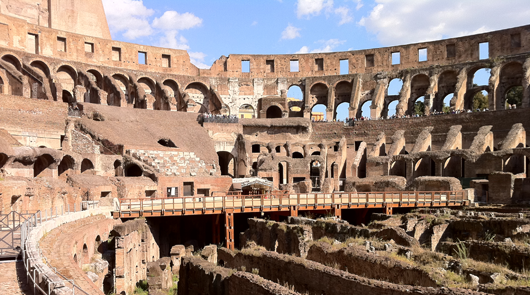This research guide is for the history course, Ancient Mediterranean Empires. Here, you should be able to find primary and secondary resources, sorted by the region(s) to which they are relevant. You may not be able to traipse through Rome and touch every material like Mary Beard, or take them out of their habitat and install them in your local museum, but you will be able to find resources to interact with in order to absorb their information, grapple with the context and information, and produce a meaningful research project.































